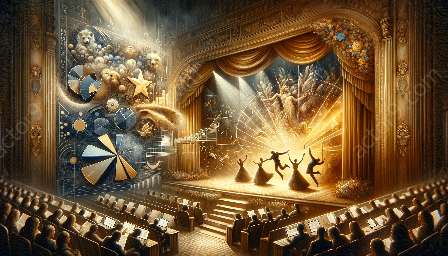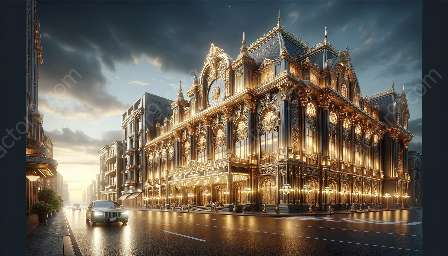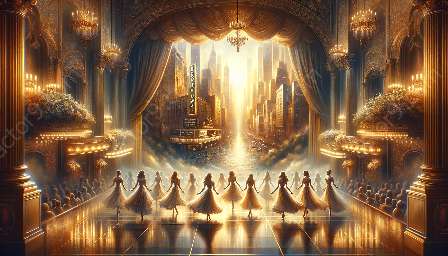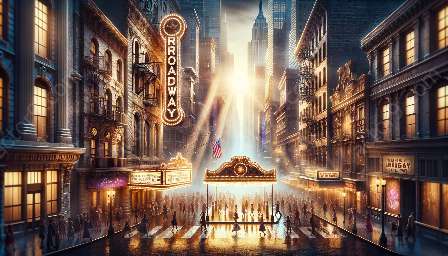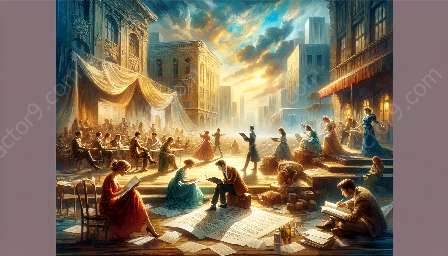Broadway theatres are iconic cultural landmarks, known for their grand architecture and rich history. The architectural design of these theatres is governed by a set of legal and regulatory requirements that ensure the safety, accessibility, and historical preservation of these cherished venues. Understanding these requirements is essential for architects, builders, and theater enthusiasts who want to appreciate the intricate detailing and craftsmanship that go into creating a Broadway theatre.
Historical Significance and Preservation
Many Broadway theatres are designated as historical landmarks, which means that any architectural modifications or renovations must comply with strict preservation guidelines. These guidelines aim to maintain the original character and aesthetics of the theatre while ensuring that it remains structurally sound and safe for both performers and audiences. Architects and designers must carefully navigate these regulations to propose changes that enhance the theatre's functionality without compromising its historical integrity.
Accessibility and Safety Standards
Accessibility and safety are paramount in the design of Broadway theatres. From the layout of seating and emergency exits to the installation of modern amenities such as elevators and accessible restrooms, architects must adhere to building codes and regulations that guarantee a safe and inclusive environment for all theatergoers. These standards extend to the backstage areas, where performers and crew members require secure and efficient pathways in case of emergencies.
Structural Integrity and Performance Considerations
Architectural design in Broadway theatres must also accommodate the technical demands of live performances. The layout of the stage, rigging systems, and acoustics are all subject to rigorous structural and performance standards to ensure that the theatre can host a diverse range of productions, from musicals to plays and dance performances. These requirements often call for innovative engineering solutions and collaborative efforts between architects, theater consultants, and construction teams.
Acquiring Permits and Approvals
Before any construction or renovation work can commence, architects and developers must obtain permits and approvals from local government agencies and historic preservation committees. This process involves detailed submissions of architectural plans, environmental impact assessments, and compliance with zoning regulations. Navigating this bureaucratic landscape requires a keen understanding of the legal frameworks that govern architectural projects in the context of Broadway theatres.
Conclusion
By delving into the legal and regulatory requirements that shape the architectural design of Broadway theatres, one gains a deeper appreciation for the blend of artistry and practicality that defines these cultural institutions. From preserving historical charm to embracing modern accessibility standards, the careful balancing act of complying with regulations while honoring the artistic essence of Broadway theatres underscores the intricate nature of architectural design in this unique context.










